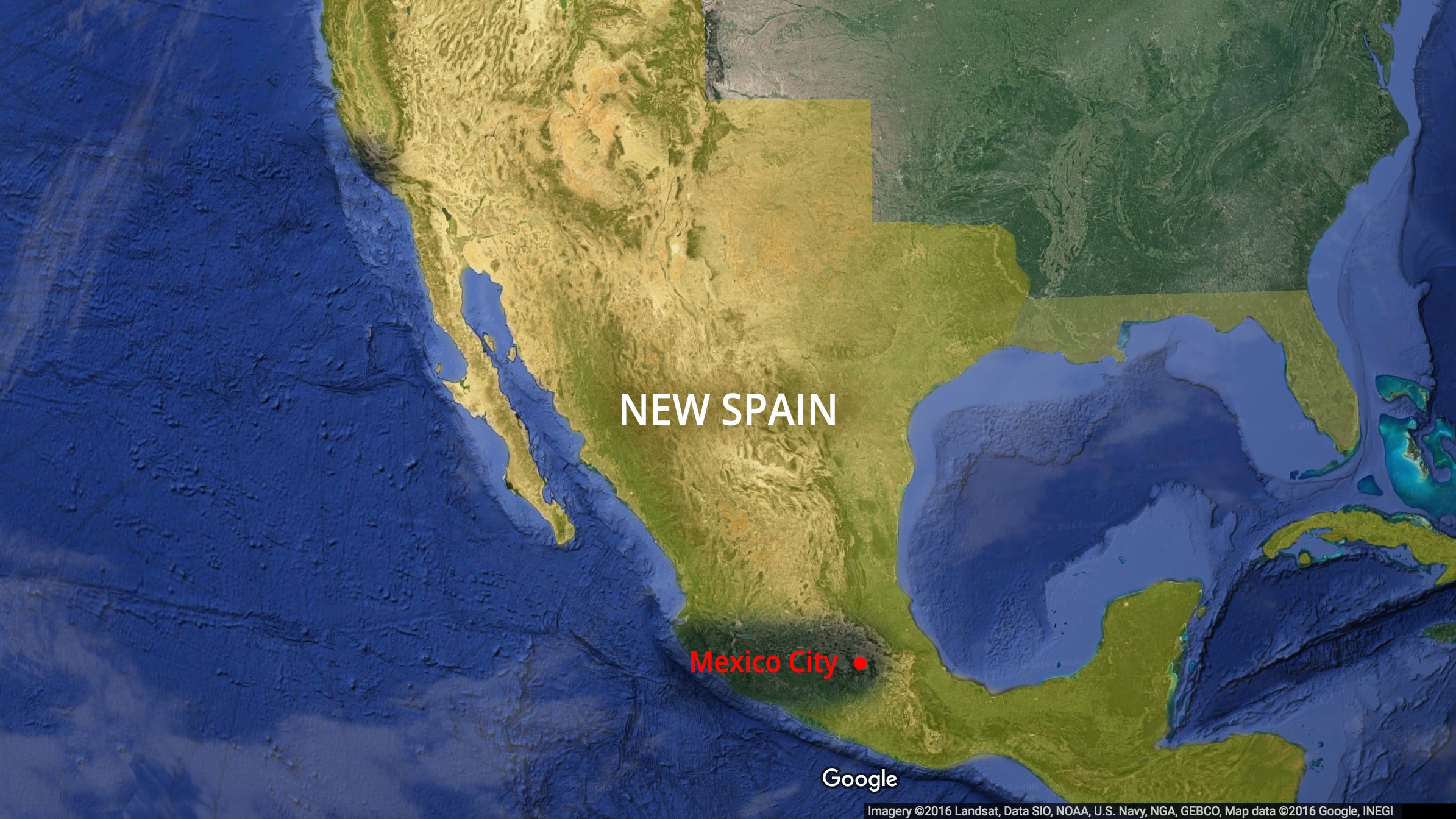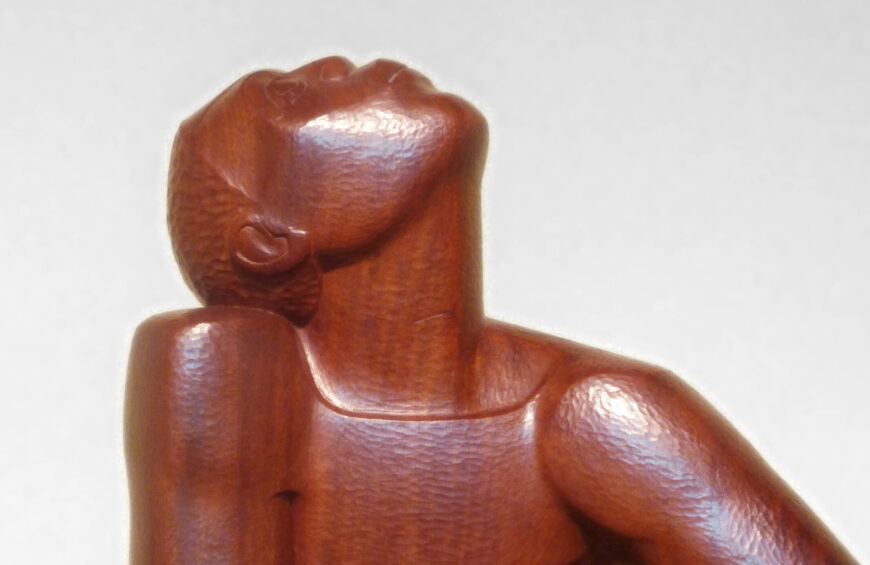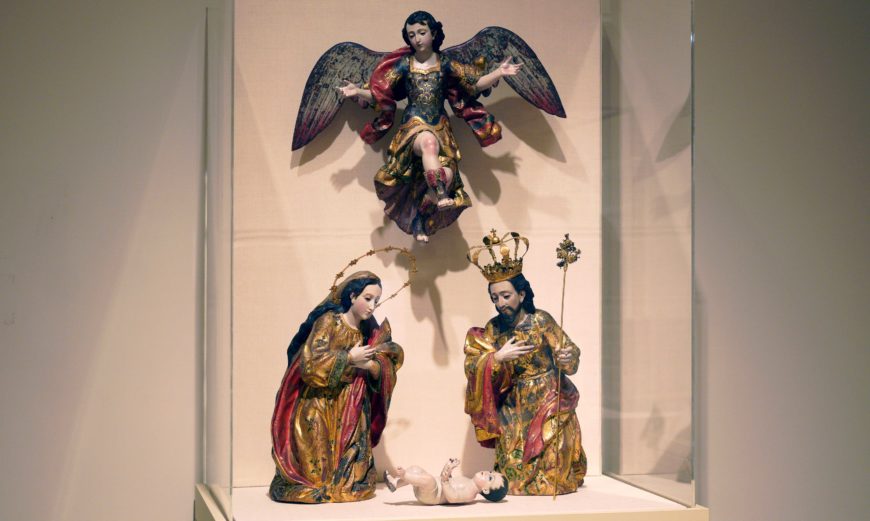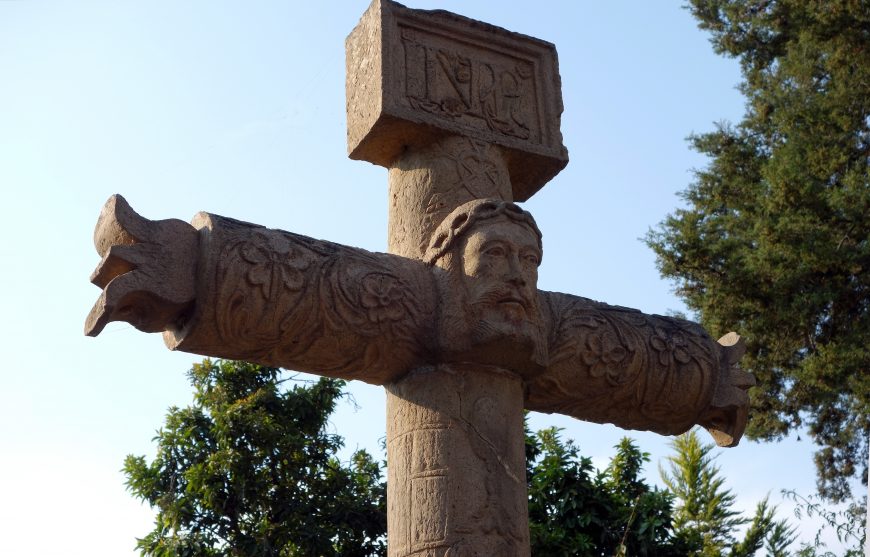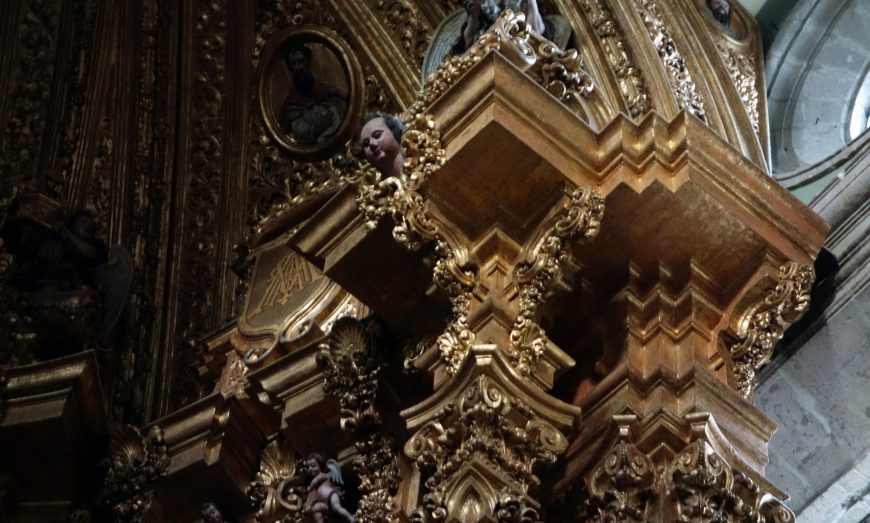Santiago on Horseback, 16th century, polychromed and gilded wood (Museo Franz Mayer, Mexico City, Mexico). A conversation between Dr. Lauren Kilroy-Ewbank and Dr. Beth Harris
Santiago Matamoros (or Saint James the Moor Slayer) was the patron saint of the conquest and colonization of the Americas by Spain. He was associated with conquest long before the Spaniards arrived in the Americas, since he was believed to have miraculously helped Spanish Christians during the so-called “Reconquest” of the Iberian Peninsula (Spain and Portugal) from Muslims (which started after 711).
In 1492, the final Muslim stronghold was defeated—the same year that Christopher Columbus arrived in the Caribbean. After the Spanish Conquest of the Aztecs in 1521 (in what is today Mexico City), the process of colonization and conversion began in what would be called the Viceroyalty of New Spain. Santiago became an important saint in New Spain, and he became known by the nickname Santiago Mataindios (Indian Killer)—recast to convey Spanish dominance over the Indigenous population. The saint’s aggressive, violent defense of Spanish Christians was celebrated on both sides of the Atlantic but is deeply troubling today. To complicate matters, in the seventeenth and eighteenth centuries, some indigenous groups in the Americas even adopted the saint’s image as an icon of resistance–in what may seem at odds with what the saint symbolized for Spaniards after the conquest. It testifies to the many meanings that saints accrued in the complex communities of the Americas.


